Most animals living on earth are hunted by predators. That’s why most species have evolved one or more defense mechanisms, which help to protect them from dangerous animals.
These defense mechanisms differ from one animal to the next, and many of them are very interesting. We will talk about some of the most fascinating defenses animals use below.
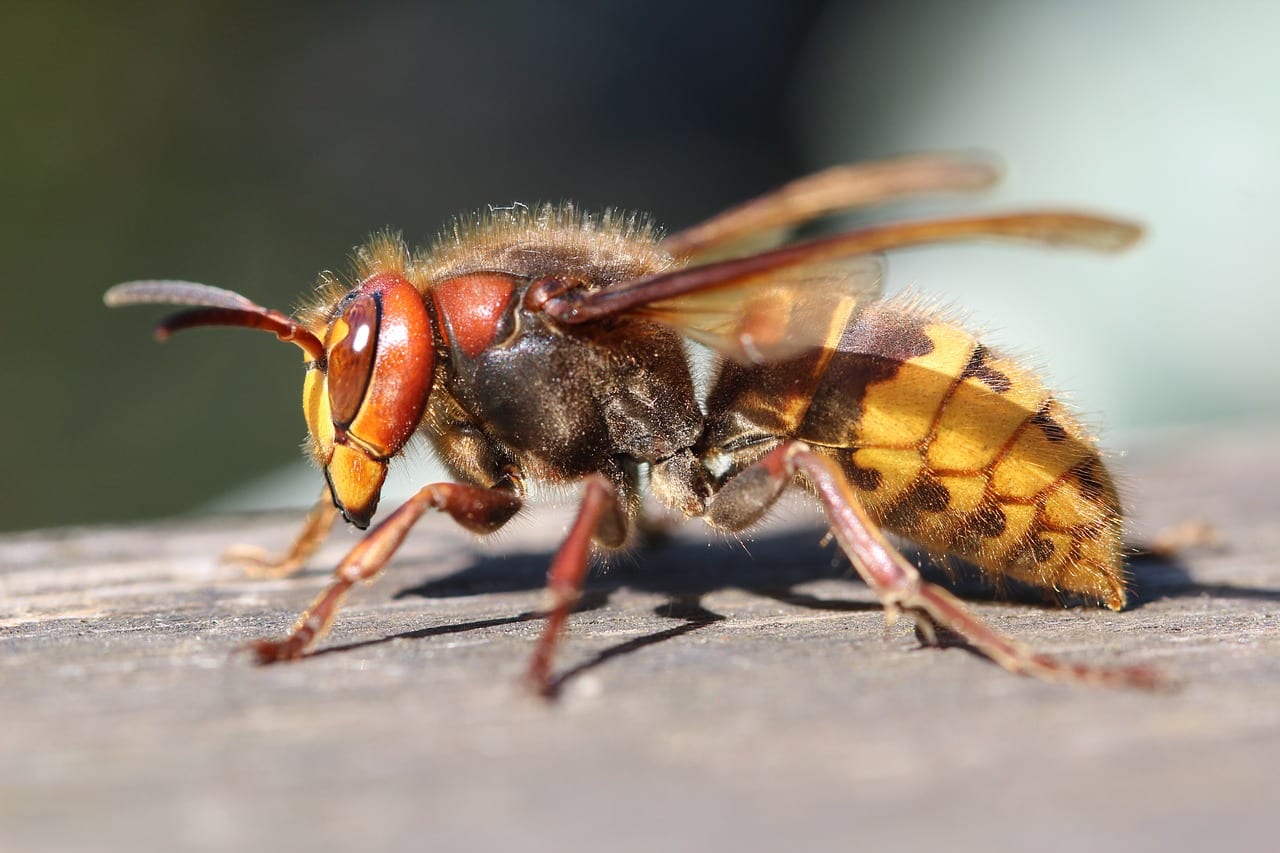
1. Venom
Some animals inject special toxins called venoms into predators.
Venoms are special chemicals that some animals use to protect themselves from predators. Venoms are usually stored in a special gland inside the animal’s body. But, when an animal is threatened by a predator, the animal can inject the venom into the attacker with the help of a stinger, fangs or claws.
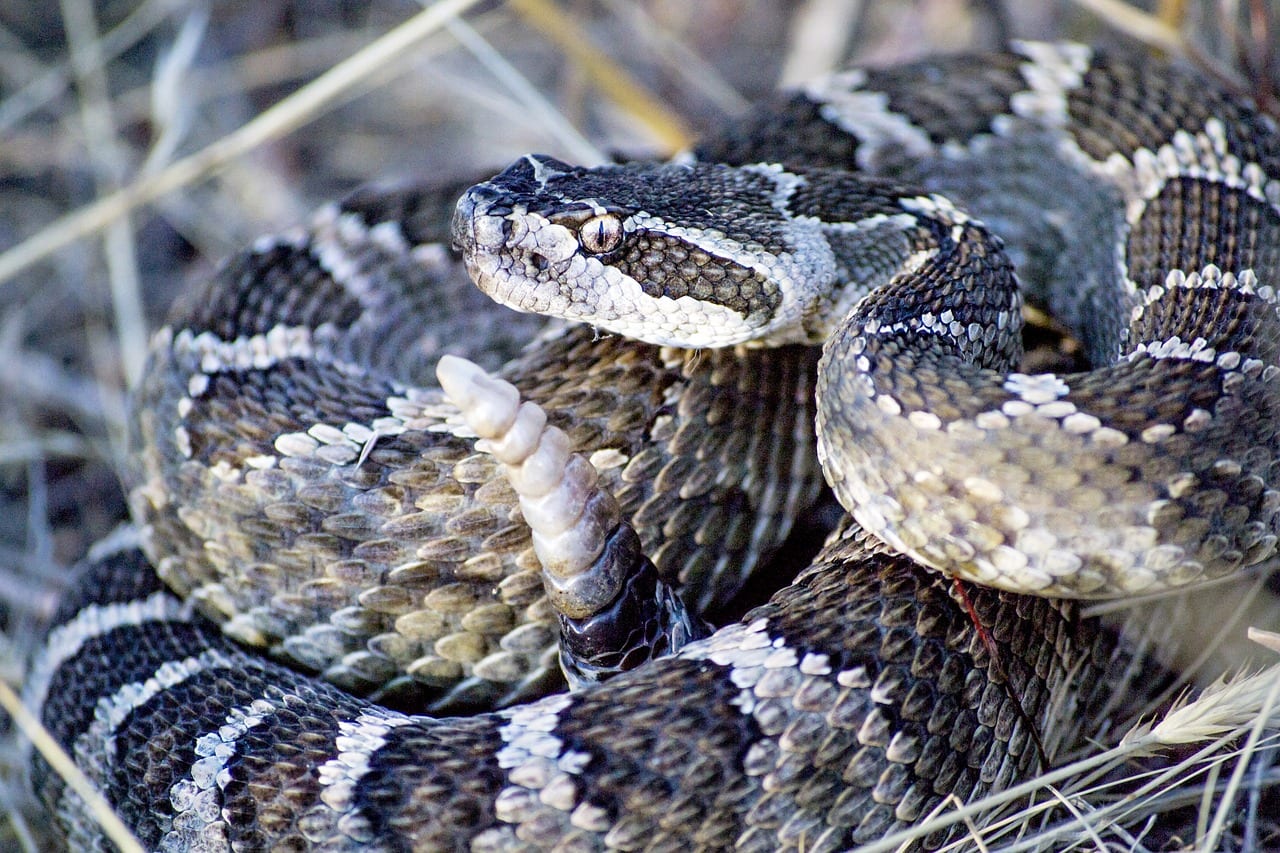
Most venoms cause the predator to feel a burning pain, and some are even deadly.
A few animals that use venom to defend themselves include:
Note that some animals, such as rattlesnakes and spiders, also use venom to capture their prey.
2. Poison
Some animals have toxins on their skin that protect them from predators.
Poisons are somewhat similar to venoms, as they are also chemicals that are stored in special glands inside an animal’s body. But unlike venoms, poisons are not injected into an attacker. Instead, poisons are usually allowed to ooze out of an animal’s skin.
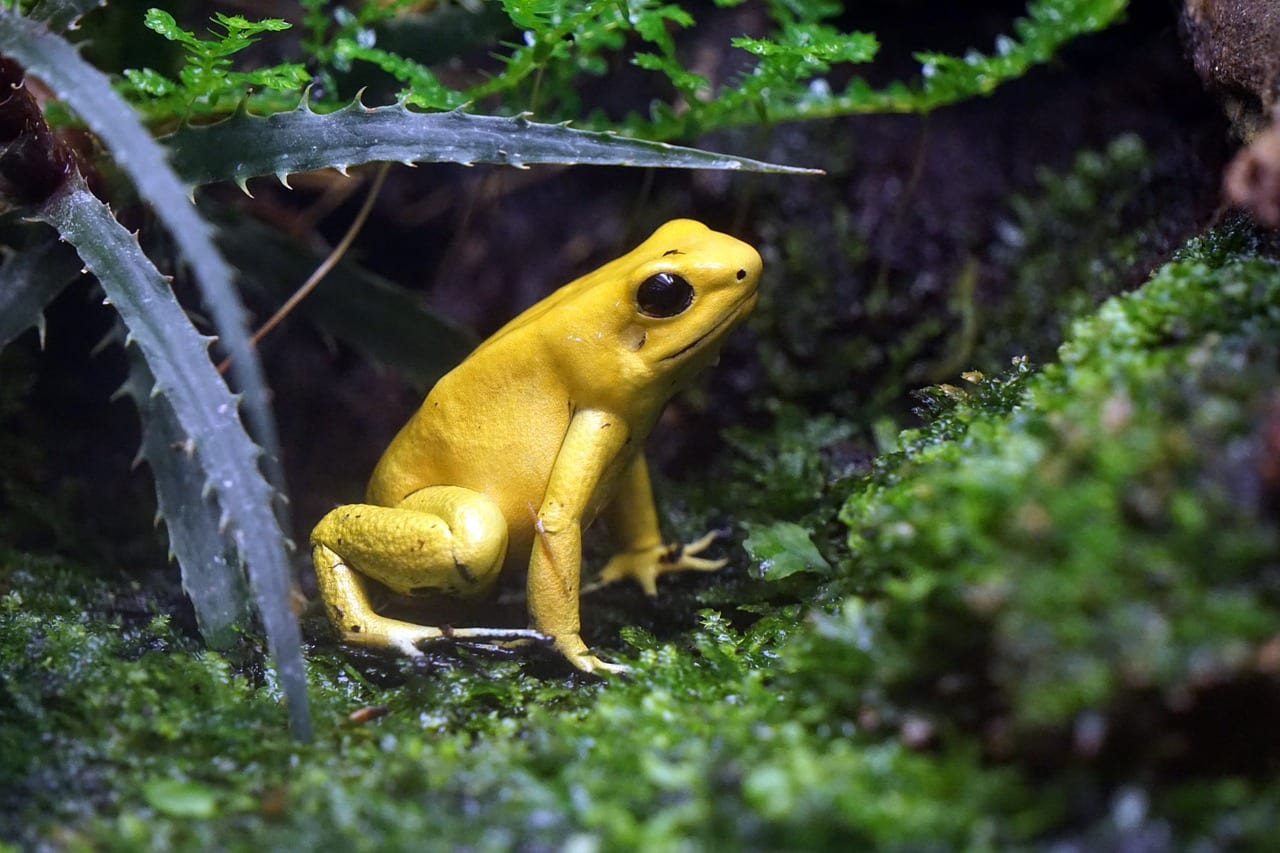
Some animals even keep a layer of poison on their bodies all the time. When a predator touches a poisonous animal or tries to eat one, the poisons usually make the predator very sick. Many poisonous animals have bright colors, which serve as a warning to predators.
A few animals that use poison to protect themselves from predators include:
- Poison dart frogs
- Rough-skinned salamanders
- Millipedes
3. Spines
Sharp spines serve as effective protection for many animals.
Spines are long, narrow structures that can injure attacking predators. Unlike stingers, which can inject venom, spines simply work like a sharp spike that can puncture the skin of a predator. Some animals have only a few spines, but others are completely covered in them.

A few animals that use spines to protect themselves include:
4. Speed
For some animals, speed serves as the best protection from predators.
Some animals try to avoid predators by simply running, flying or swimming away as fast as they can. This is a very common defense mechanism that many animals use because it does not require them to evolve complicated things like venom or spines.

Many animals that use speed as a defense live in open habitats, which don’t provide many places to hide from predators. Many animals that rely on speed also have excellent vision or hearing, so they can detect predators before they get very close.
A few species that use speed to escape predators include:
5. Camouflage
Some animals use camouflage to help them blend in with their surroundings and avoid detection.
Some animals evolve color patterns that look almost exactly like their habitats. These types of animals are very difficult to see, which means that predators having trouble finding them.
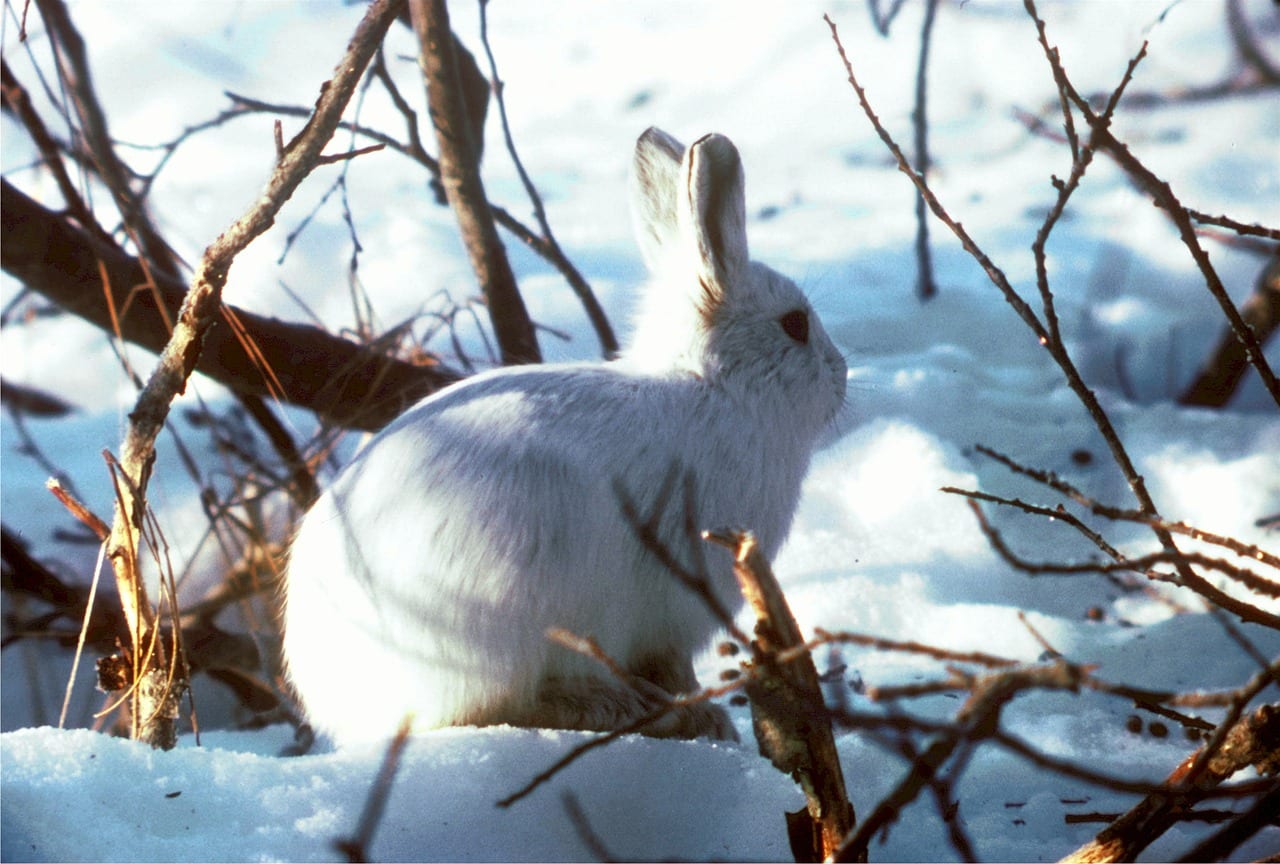
For example, arctic hares are white rabbits who blend in with the snow covering the ground where they live. Scientists call this defense mechanism camouflage, and it is one of the most common defense strategies animals use to protect themselves from predators.
A few animals that have excellent camouflage include:
6. Armor
Several animals wear armor that protects them from dangerous predators.
Many animals have evolved protective armor that helps protect them from the teeth and claws of predators. In some cases, this armor takes the form of a single shell, but other animals have bodies covered with thousands of tiny armor plates. Because armor is usually heavy, most animals that use protective shells or scales move relatively slowly.
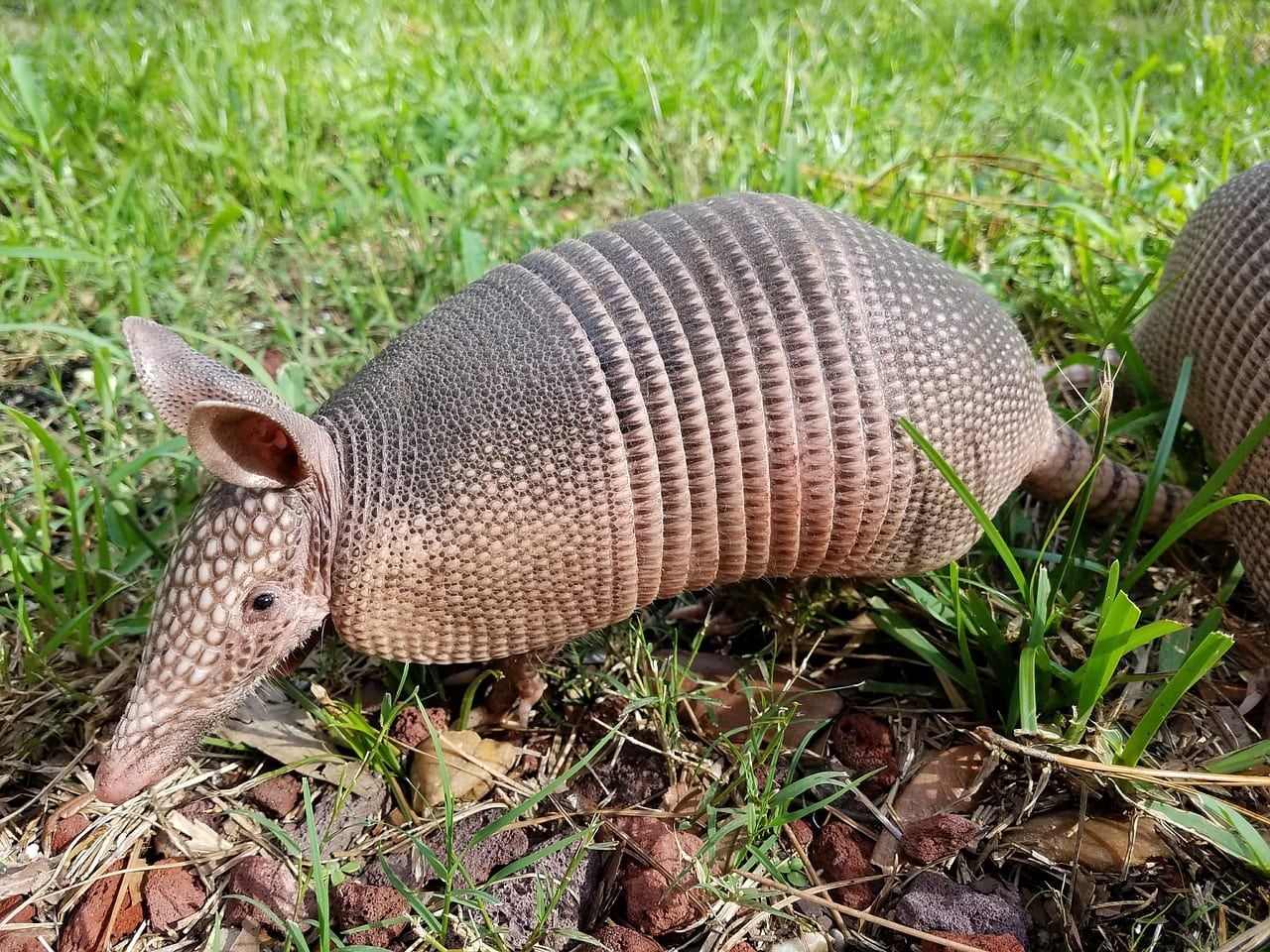
A few of the best examples of armored animals include:
7. Bluff
Many animals try to trick predators into thinking they’re dangerous.
Most predators like to hunt small animals that can’t fight back very well. After all, some prey animals are dangerous, and predators don’t want to become injured while trying to catch food. So, some prey animals try to fool predators into thinking that they are more dangerous than they really are. Scientists call this strategy bluffing.

Many animals that bluff have other defense mechanisms, but they usually prefer bluffing instead of using their spines, venom or speed.
- Cobras
- Pufferfish
- Monitor lizards
8. Startling Sounds
Loud sounds are frightening to many predators, and some animals use this to their advantage.
Most predators are careful animals, who don’t like loud noises. This causes many animals to use loud sounds to help protect themselves. Many animals that rely on sound as a defense produce their noises with their mouths, but others use other body parts too. For example, rattlesnakes have evolved specialized tails that make noises when they move rapidly.

A few of the best examples of animals that use sound for protection include:
- Bull snakes
- Ravens
- Hissing cockroaches
9. Playing Dead
If nothing else works, some animals deter predators by playing dead.
While some predators will eat prey animals whether they are alive or dead, others don’t like to eat dead animals. This is probably because they don’t want to eat an animal that may have a disease or will make them sick. So, a few animals try to protect themselves by pretending to be dead. Some of these animals even begin to smell like a dead animal when threatened by a predator.
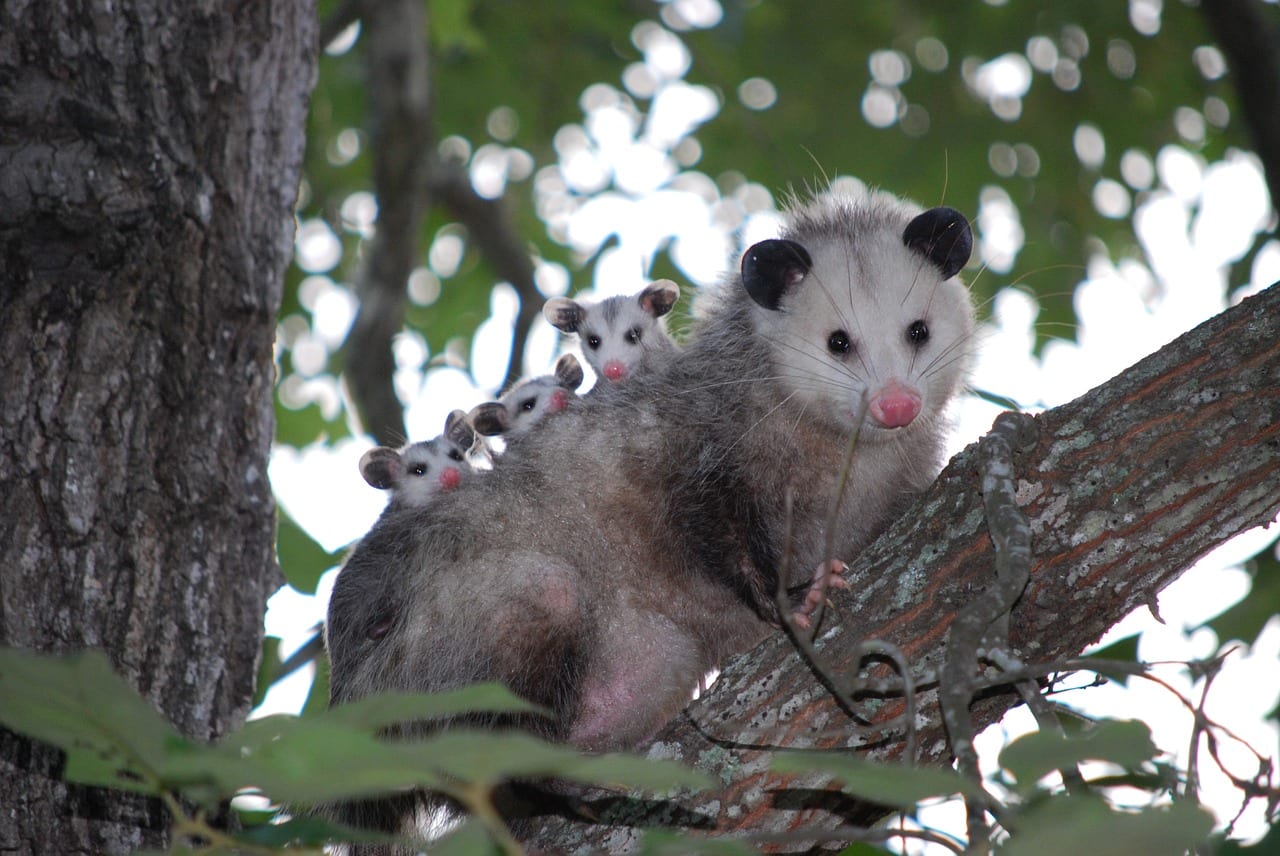
A few of the animals that play dead to escape predators include:
As you can see, there are a number of different ways animals protect themselves from predators. But, they don’t always work, and predators occasionally figure out ways to defeat them. In fact, no defense mechanism is always effective.
That’s why many animals use more than one defense mechanism at a time.
For example, hognose snakes have camouflaged colors that help them avoid detection by predators. But if an owl or some other predator finds them, the hognose snake will often inflate its neck to bluff the predator and appear larger than it is. But, if this doesn’t work, the hognose snake will often play dead.

Can you think of an animal that uses two of the defense mechanisms discussed above? What about an animal that uses three or more of these strategies?
What about humans? Do humans have any defense mechanisms? Which ones have humans evolved to help scare off predators?
Share your answers in the comments below.

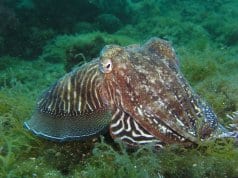












![Red Angus Closeup of a beautiful Red Angus cowPhoto by: U.S. Department of Agriculture [pubic domain]https://creativecommons.org/licenses/by/2.0/](https://animals.net/wp-content/uploads/2020/03/Red-Angus-4-100x75.jpg)

